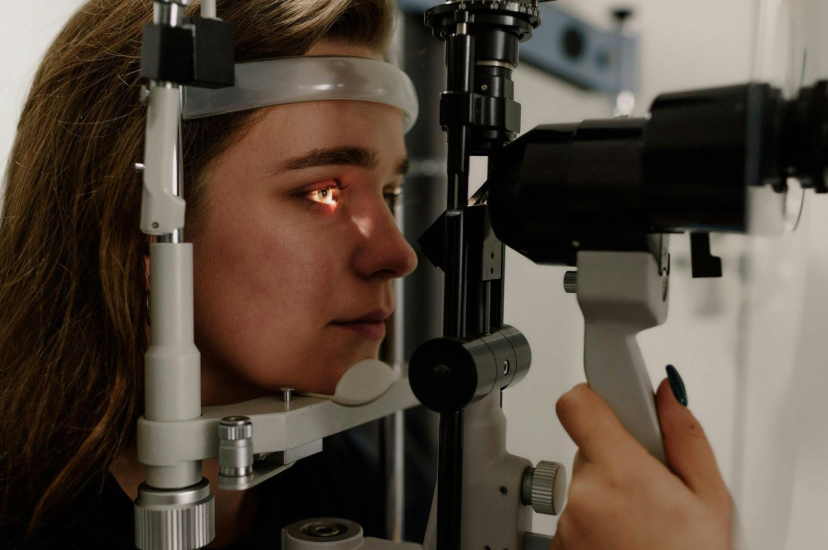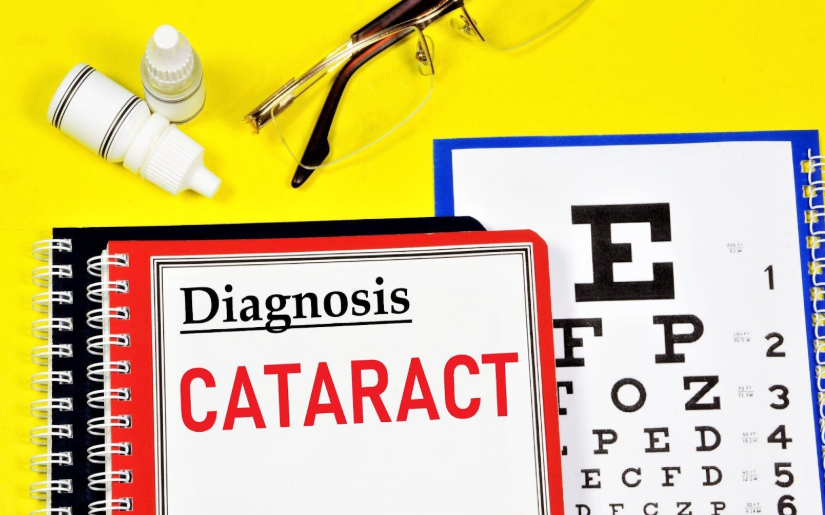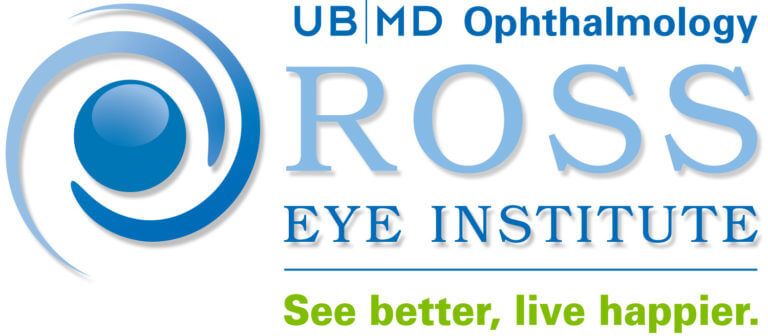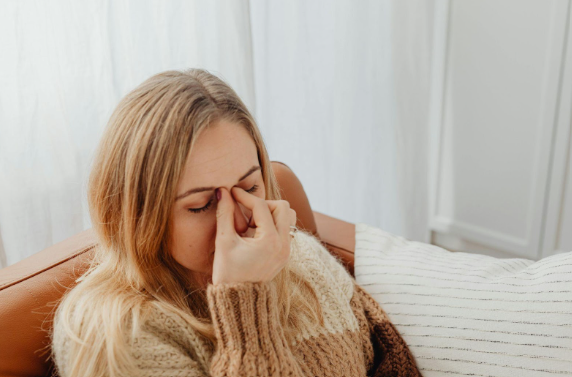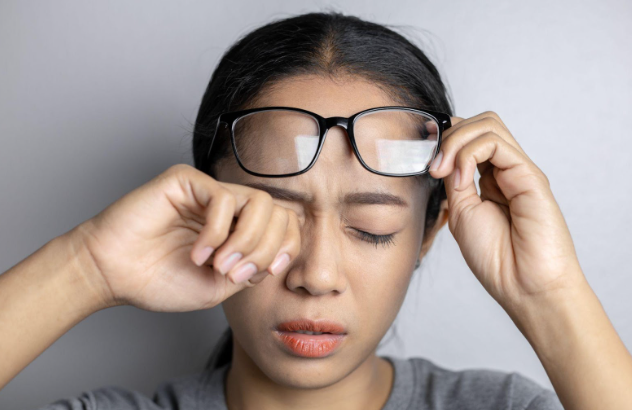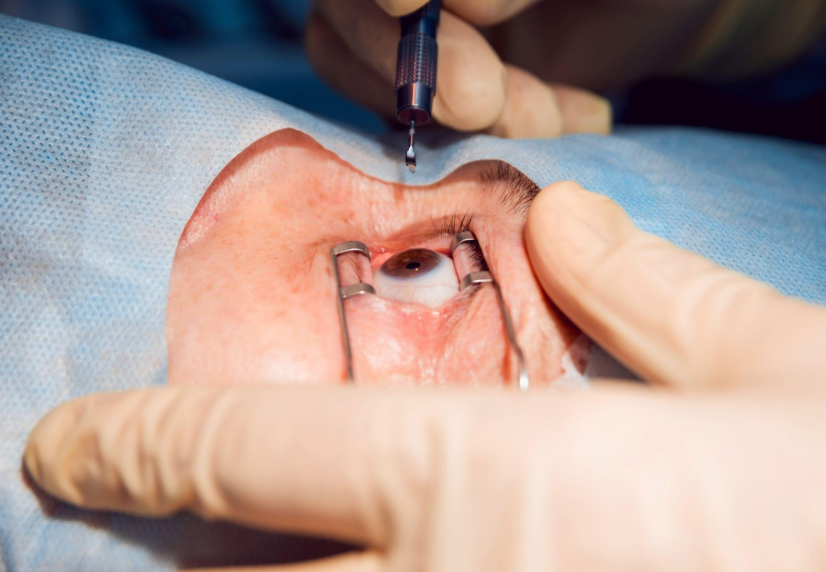Spring Break and Your Eyes: The Importance of UV Protection for All Ages
Spring Break and Your Eyes: The Importance of UV Protection for All Ages

Spring break is a time when many of us eagerly anticipate basking in the sun, whether it's lounging on a tropical beach, exploring new destinations, or simply enjoying the great outdoors. While the warmth and brightness of the sun can uplift our spirits, it's crucial to remember that prolonged exposure to ultraviolet (UV) rays can have detrimental effects on your eyes.
Understanding the Effects of UV Radiation on Your Eye Health
Ultraviolet radiation is a component of sunlight that, while invisible to the naked eye, carries significant energy capable of causing harm to living tissues. Additionally, reflective surfaces like sand, water, snow, and pavement can intensify UV exposure, increasing the risk of eye damage.
UV radiation is categorized into three types:
- UV-A: Penetrates deeply into the eye, potentially damaging the macula, the part of the retina responsible for central vision.
- UV-B: Less penetrating than UV-A but can cause significant damage to the cornea and lens, leading to conditions like photokeratitis and cataracts.
- UV-C: Absorbed by the Earth's atmosphere and does not pose a threat to our eyes.
Short-Term and Long-Term Risks of UV Exposure
Prolonged and unprotected exposure to UV-A and UV-B rays can lead to various eye conditions, including:
- Photokeratitis: Often referred to as "sunburn of the eye," this painful condition results from intense UV exposure, causing symptoms like redness, tearing, and blurred vision.
- Cataracts: A clouding of the eye's lens that can lead to vision impairment. UV exposure accelerates the development of cataracts.
- Macular Degeneration: Damage to the macula can result in loss of central vision, making activities like reading and recognizing faces challenging.
- Pterygium: A growth of fleshy tissue on the white of the eye that can extend over the cornea, potentially obstructing vision.
- Eyelid Cancer: The delicate skin of the eyelids is susceptible to UV-induced cancers, emphasizing the need for comprehensive protection.
The Importance of UV Protection for All Ages
Even on cloudy days, UV rays penetrate through haze and fog, making consistent eye protection essential. While many people associate UV protection with summer, exposure is a year-round concern, affecting individuals of all ages.
Children and Teens
Pupils that are larger and lenses that are clearer allow more UV light to reach the retinas, putting children and teenagers at a higher risk for UV damage. Encourage kids to wear sunglasses with 100% UV protection and wide-brimmed hats when outdoors. Teach them the value of eye safety to help establish good habits that will protect their vision as they grow.
Adults
Choosing high-quality sunglasses that block 100% of UVA and UVB rays is essential. Polarized lenses can reduce glare and improve visual comfort. Regular eye exams are also important for detecting potential issues early and maintaining eye health.
Seniors
Conditions like cataracts and macular degeneration, which are both associated with UV exposure, are more common in older adults. Wearing high-quality sunglasses that offer UV protection is crucial, even on cloudy days. Regular eye exams can help identify early signs of UV damage. Seniors should also consider UV-blocking contact lenses and stay in the shade during peak sunlight hours to minimize exposure.
Selecting the Right Sunglasses
Choosing appropriate eyewear is a fundamental step in protecting your eyes from UV radiation. Here are key considerations when selecting sunglasses:
- UV Protection: Choose sunglasses that offer complete protection against both UVA and UVB rays.Labels stating "UV400" or "100% UV protection" indicate the highest level of protection available.
- Lens Quality: High-quality lenses should be free from distortions and imperfections. Clear, distortion-free lenses improve vision and provide better protection against UV rays.
- Lens Color: While the color of the lenses doesn’t impact UV protection, gray lenses are often recommended as they reduce overall brightness without distorting natural color perception.
- Frame Design: Wraparound styles or sunglasses with large lenses provide better coverage, preventing UV rays from entering from the sides.
- Polarization: Polarized lenses can significantly reduce glare from reflective surfaces, improving comfort during outdoor activities. However, ensure that polarized sunglasses also provide full UV protection.
Additional Protective Measures Against UV Exposure This Spring Break
To effectively shield your eyes from harmful ultraviolet (UV) radiation, it's important to adopt a multi-faceted approach that goes beyond just wearing sunglasses. Consider implementing these strategies alongside wearing sunglasses:
Wide-Brimmed Hats
Wearing a hat with a brim of at least three inches can help shield your eyes from UV rays, offering extra shade and reducing direct sunlight exposure.
Seek Shade
UV rays are most powerful between 10 a.m. and 4 p.m. Seek shade during these hours whenever you can.This reduces the amount of direct sunlight your eyes receive.
Avoid Tanning Beds
Artificial sources of UV radiation, such as tanning beds, can harm your eyes just as much as natural sunlight. Steering clear of these devices is crucial for protecting your eye health.
Use Lubricating Eye Drops
Exposure to sunlight, wind, and water can lead to dryness and irritation. Using lubricating eye drops can help keep your eyes comfortable and alleviate any discomfort caused by environmental factors.
Your Partner in Eye Protection and Health
At our practice, we prioritize your eye health, especially during the sun-filled days of spring break. Here’s how we can assist you:
Comprehensive Eye Exams
Our experienced optometrists assess your eye health, checking for signs of cataracts or macular degeneration. We provide personalized recommendations for eyewear solutions, including UV-protective sunglasses and contact lenses.
Education on Eye Protection
We inform you about the risks of UV exposure and effective protective measures. Our team helps you choose sunglasses that meet strict UV protection standards, including polarized options, and we share dietary tips for enhancing your eye health.
Ongoing Support and Resources
We encourage regular follow-up appointments to monitor your eye health and adjust prescriptions as needed.
Before heading out on your next vacation, make sure you’re equipped with the right eye protection. Our expert otometrists at
Ross Eye Institute can help your eyes stay healthy and ready for all your outdoor adventures.
Book your appointment with us today!
